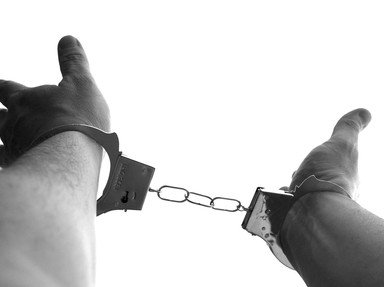Quiz Answer Key and Fun Facts
1. During the Napoleonic Wars, one of France's Marshals set out to capture Napoleon and return him to Paris in a cage. Instead, he forsook his pledge to Louis XVIII, and joined Napoleon on the battlefield. Following Napoleon's defeat at Waterloo, this Marshal's actions resulted in his arrest, conviction and execution for treason. Who was this Marshal of the Empire?
2. On July 7th, 1865, a woman was executed for her part in the assassination of President Lincoln. Do you know who this woman was?
3. During the 1800s, Louis Riel fought to protect his people and their lands from falling under the control of the government. His actions led to his arrest, conviction for high treason, and execution in 1885. In which large country did this happen?
4. On January 24th, 1911, Shusui Kotoku was executed for treason. His involvement in a plot to assassinate Japan's Emperor Meiji was the reason for Kotoku's execution - by what method?
5. On April 1st, 1924, Adolf Hitler was sentenced to five years in prison for treason. His trial and conviction was the result of an attempted coup in which German city?
6. In 1946, an Irish-American man was executed for broadcasting Nazi propaganda to the United Kingdom. The man, William Joyce, at first broadcast in anonymity, and was given a nickname by a British radio critic. What was that wartime nickname?
7. During WWII, Axis Sally voiced numerous radio broadcasts meant to demoralize the American soldiers in Europe. Following the end of the war, she was arrested and flown to the US, where she was executed in 1949 for treason.
8. On June 4th, 1951, a Hungarian football player named Sandor Szucs was executed for treason.
9. On June 26th, 1981, a member of the Stasi of East Germany was executed for planned treason. His execution was kept a secret until the reunification of Germany in 1990. Who was this Stasi officer?
10. From August 31st, 1992 until October 15t, 1997, Pascal Lissouba was President of the Republic of the Congo. In 2001, however, he was convicted of corruption and treason, even though he was not present for the trial. Where did Lissouba go into exile in 1997?
Source: Author
beergirllaura
This quiz was reviewed by FunTrivia editor
bloomsby before going online.
Any errors found in FunTrivia content are routinely corrected through our feedback system.
